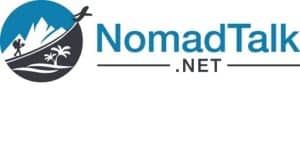We love questions that are restatements of “how long is a piece of string?” Anybody who tries to give you a specific figure when they answer this question is not you and is, almost certainly wrong, unless they name a ridiculously high amount (no digital nomad ought to struggle with $10,000 a month, that’s for sure).
So, we’re not going to do that. What we’re going to do is answer a slightly different question, which is, how much is best to budget for as a digital nomad in South East Asia? Our short answer is: $510/month as a bare minimum for a digital nomad in South East Asia or a more realistic $1,485/month for a good standard of living as a digital nomad in South East Asia.

The long answer is broken down as follows:
Table of Contents
Essential Items

Essential items are the things you can’t get by without. You can, for example, skip drinking beer for a month if you’re a bit broke (or if you don’t like beer you can skip it forever) but you can’t skip drinking water or you’ll die.
We’re going to assume that you don’t get any of these things free or as trade-in-kind, and thus you’re going to need these things to get through life as a digital nomad (or indeed, life of any kind):
Things You Have To Buy Each Month
These are your monthly expenses. You can’t avoid them.
- Accommodation
- Electricity
- Wi-Fi/Internet
- Water
- Laundry
- Food
- Drink
Accommodation
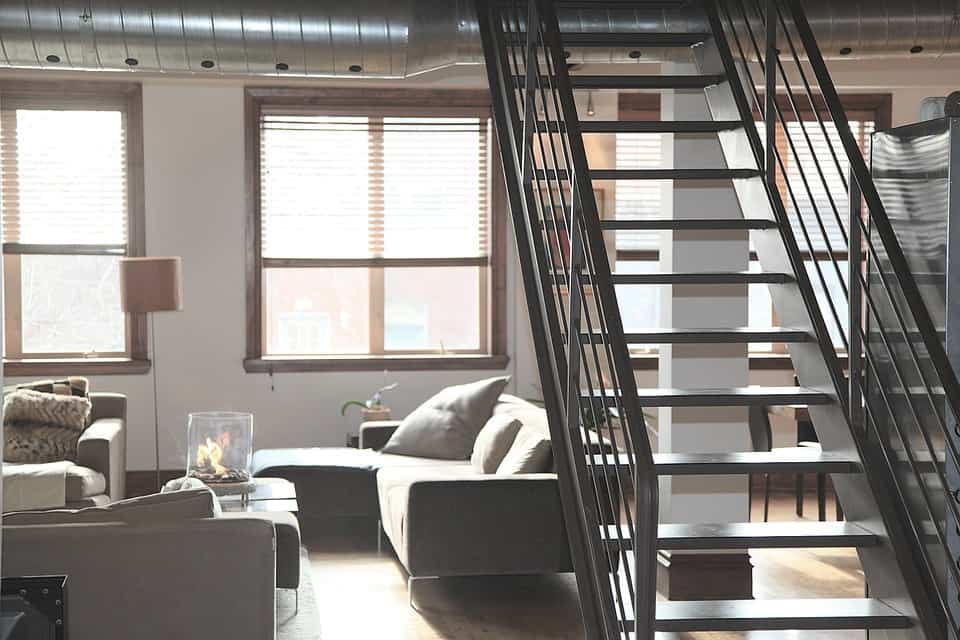
Accommodation is generally cheap in South East Asia. We’d argue that it’s not in Singapore (unless you want to live out in the middle of nowhere when it’s actually surprisingly reasonable) but otherwise, you can live in better digs than at home for much less money.
Our minimum budget for housing would be: $150/month – you can get cheaper, but we wouldn’t put a dog to sleep in most of those places.
Our realistic budget for good living would be: $300/month – at this price you ought to get somewhere, that is a decent sized and comfortable for working from home from.
You can, of course, spend more than this. Megan and I typically spend about $600-$800 a month on accommodation. We find a serviced apartment or decent hotel room is easier to manage than a smaller place that we have to clean ourselves.
Note: Airbnb and hotel stays will often include electricity, water, and Wi-Fi. In many cases, this can make them much better value than paying for the 3 separately. This is particularly true if you like to run the a/c all the time.
Electricity
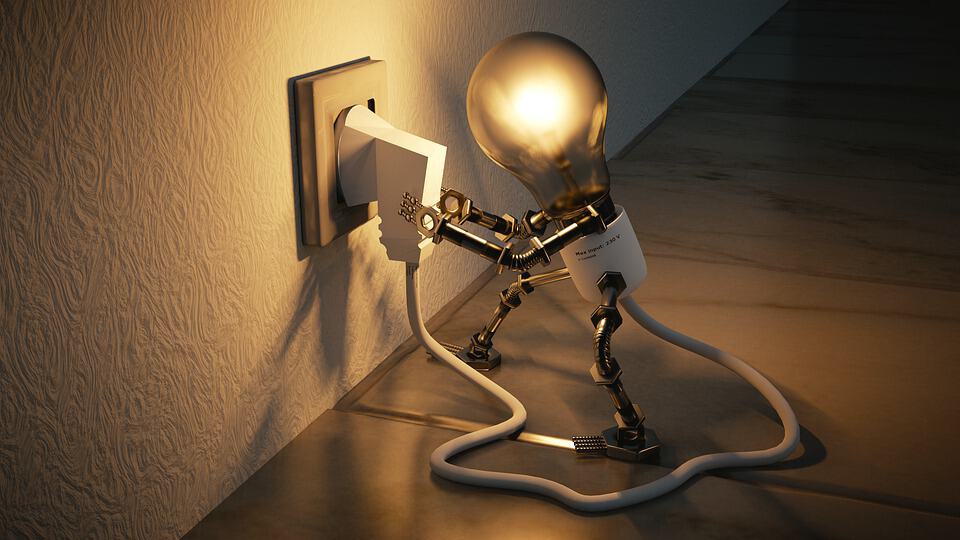
This is another how long is a piece of string question. Electricity is expensive in most countries in South East Asia. However, it’s very hot in most of the region and most people will need the fan and/or air conditioning.
Our minimum budget for electricity would be: $25 – this means no a/c and sparing use of the fan if you love being hot this may work for you.
Our realistic budget for electricity would be: $100 – this means fan in the day, a/c at night and running most devices you want in the day.
Our electricity bill is regularly $150-$200. We like being cold.
Be careful when it comes to electricity use or your first bill may come as something of a shock. Our Canadian friend ended up with a $400 bill for a 1-bed apartment after running 2 air con units 24/7 at 18 degrees for a month. He rued, “I was wearing a sweater! I am an idiot.”
If you’re working from home as a digital nomad, your bills are likely to be higher than if you were in a co-working space or café.
Pro-tip: Try to stay in places where you pay the government or company rate for electricity. Bills are much higher when you’re paying the landlord a premium for electricity.
Wi-Fi/Internet

Every digital nomad needs the Internet. How regularly do you need to be connected – do you need to be on at certain times of the day? This stuff matters.
You ought to be able to wangle Wi-Fi with the rent most of the time. The trouble is, that Wi-Fi is going to be generally unreliable. And that means you may need to pay extra on top for a mobile connection or a second line with a different provider.
Our minimum budget for Wi-Fi would be: $0 – get it included in the rent and if you’re not committed to certain times online, that’s all you need.
Our realistic budget for Wi-Fi would be: $25 – which is roughly what it will cost for a backup line. You may find it’s cheaper in some places or a bit more in others. Do your research.
On this one, Megan and I find ourselves at the minimum. Our work doesn’t require us online at specific times and we don’t pay for a backup.
Water

This is probably the cheapest thing on the list but remember, this is South East Asia and drinking tap water is a very, very bad idea in much of the region.
Do not rely on cheap filter systems to make it potable either – the truth is that heavy metal poisoning takes time, but it will happen if you drink bad tap water.
Also, amoebic dysentery is no fun either.
We’ve included drinking water under the “drinks” expense.
Our minimum budget for water would be: $5 – it may not even be this much. I think I once had a water bill for $2 in Cambodia but $5 seems reasonable.
Our realistic budget for water would be: $5 – you can use more than this, but really you have to be trying. You can take twice daily showers, do your washing up and your laundry for this amount and as we said before, don’t drink it.
On this Megan and I find ourselves at roughly $5 a month and have done for the last 2 years (our first apartment was an Airbnb and thus water was included in the rent).
Laundry
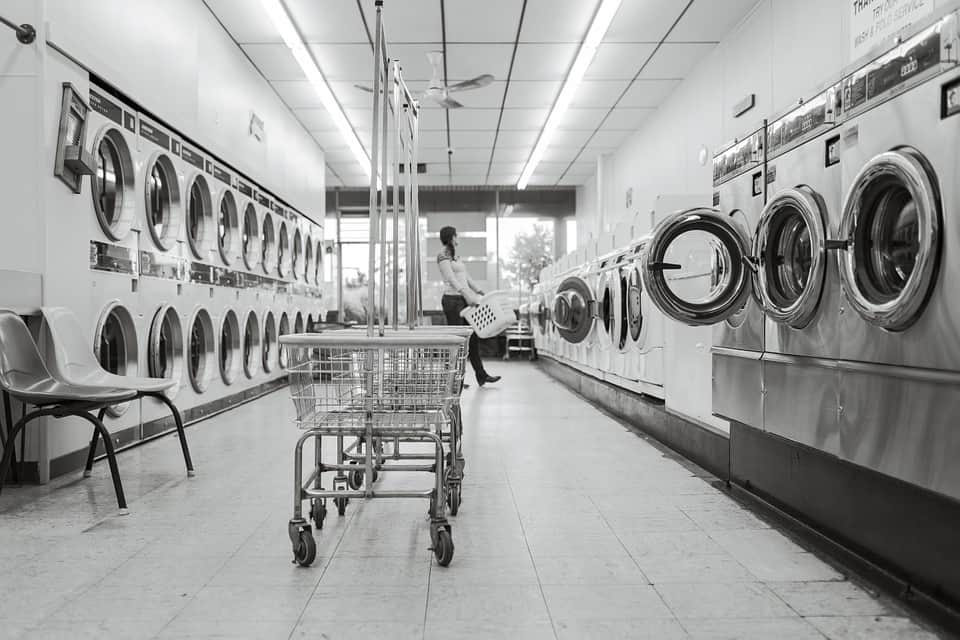
Washing by hand is the cheapest option but, no thanks. We think most people are going to prefer either coin-operated launderettes or laundry services (which do everything for you) and both of these are cheap as chips in South East Asia.
Our minimum budget would be: $5 – this is for a single person using a coin-operated laundry and includes soap powder and drying
Our realistic budget would be: $20 – this is for two people using laundry services, they’re just much handier and less time-consuming
Megan and I have, generally, used laundry services but at the time of writing we’re in an apartment block with a coin-op laundry and the nearest service is farther than we can be bothered to walk. So, our bill is about $10 a month (there’s two of us).
Food

We expect this to get contentious. We know of digital nomads living on packet noodles and swearing that this is all you need in life. We know others who live off street food stands in cheap markets.
We think this is fine for a week or two if you’re short on cash and trying to scrape through to payday. We think it’s an absolutely stupid long-term strategy which will result in malnourishment and vitamin and mineral deficiencies.
On this basis, we’ve got a slightly more realistic “minimum budget” than the absolute minimum.
Our minimum budget would be: $100 – this allows you to eat out for 3 meals a day in most of SE Asia (though not in Singapore and you might struggle in the Philippines). They won’t be huge meals nor will they be the most nutritious but they won’t be garbage, either. However, we’d recommend that you mix things up and do some cooking of your own on this budget. You’ll be amazed at how much you can buy for $100 in your local market (not supermarket).
Our realistic budget would be: $200 – this means you can buy a bit more of what you like, eat out in a decent restaurant every now and again and eat a much healthier diet.
Megan and I currently spend about $400 a month on food. That’s about right for a couple. We could get it down a little but not a lot more.
Drink

We are excluding alcohol from this bit and including it under “fun” later on. You don’t need alcohol (though we appreciate that to some people it may feel like you do).
In fact, the only thing human beings need to drink is water. So, that’s where our minimum comes from.
Our realistic budget acknowledges that water 24/7 is boring and most people don’t want to live like that.
Our minimum budget is $10 – this is for 1 person. We are assuming that you are buying drinking water in large quantities either from public machines or in large (gallon or more) bottles from a drinking water service. If you want to drink traditional bottled water – this is going to be much, much more expensive.
Our realistic budget is $50 – this is for 1 person. That means you can buy some milk, sodas, coffee, etc. as well as that cheap drinking water. Or you can drink bottled water and skip the other stuff.
Shamefully, Megan and I spend about $200 a month on drinks. We drink bottled water (the cheap stuff makes me ill) and we consume insane amounts of Zero Calorie Coke and coffee.
The Things You Have To Buy Each Month Total Budget
That’s all the monthly essentials, so let’s take a look at how that adds up.
- Accommodation – $150 minimum, $300 – realistic
- Electricity – $25 minimum, $100 – realistic
- Wi-Fi/Internet – $0 minimum, $25 – realistic
- Water – $5 minimum, $5 – realistic
- Laundry – $5 minimum, $20 – realistic
- Food – $100 minimum (per person), $200 – realistic (per person)
- Drink – $10 minimum (per person), $50 – realistic (per person)
So that comes to…
For a single digital nomad:
Your monthly essentials budget at a minimum ought to be: $295
Your realistic monthly essentials budget would be: $700
For a couple of digital nomads:
Your monthly essentials budget at a minimum ought to be: $405
Your realistic monthly essentials budget would be: $950
By comparison, these expenses come to $1,415 for Megan and I each month. We’re not living large, either. Our home is nice. Our food is decent but there’s no foie gras or porterhouse steaks on the table either.
Yup, it’s true. “Living like a king on $500 a month” is stretching the truth beyond breaking point. And don’t forget, these are your mandatory monthly expenses… we’re not done, yet.
Things You Don’t Have To Buy Every Month But You Do Have To Buy On A Recurring Basis

You may not need these things every month but if you want to belong in society, travel and work – you’re going to need to buy these things every now and again.
- Toiletries
- Clothes
- Shoes
- Computer Equipment
- Any specialist tools of your trade
- Visas
- Passports
- Insurance
Toiletries

A lot depends here on whether you are male or female and the products you use.
I am pretty much the king of bargain-basement shopping in this area. I buy good quality razor blades but make them last forever – my annual spend is about $10 in this department.
I buy the cheapest shower gel in the largest bottle. I buy a decent toothbrush but am happy to use cheap toothpaste.
The only minor expense is, due to extreme allergies, I need to buy a specific medical shampoo which comes in the smallest bottles that you have ever seen… otherwise, trust me, I’d buy whatever was cheapest in the biggest bottles of shampoo too. I don’t use conditioner.
I don’t use shaving gel (soap works just fine, thank you). I don’t use moisturizers or any other nonsense. I do buy deodorant (always “Rexona” which was “Sure” when I was growing up) because nothing else works.
Megan, on the other hand, buys makeup, conditioner, face masks and a bunch of other stuff that I can’t even begin to comprehend the need for but it makes her happy, so that’s fine.
Fortunately, toiletries are priced pretty much the same the world over, so you can work out a rough budget based on what you buy at home.
Our minimum monthly budget is $10: This is per person. This is roughly what I spend on my own toiletries each month. The bare minimum and not much else.
Our realistic budget is $20: This is per person. Most people use more products than I do and that’s cool.
Clothes

Fashionistas are going to spend more than those less fussy. Digital nomads from the West will often find their biggest struggle is finding clothes that fit them in local stores in South East Asia.
Our minimum monthly budget is $20: this is per person. Megan is Asian and she’s small and that means while she buys way more clothes than me, she gets them way cheaper than I do. I buy new underwear, socks, jeans and t-shirts to replace stuff that’s wrecked and across the course of a year, I spend more than she does.
Our realistic budget is $20: You only need to spend more if you want to.
We appreciate there is a large number of nomads who will begin their travels with a suitcase full of new clothing. They may find that these expenses are deferred but in the long run, we all have to cover our nakedness somehow (because those that don’t get a free stay in a Southeast Asian jail cell).
Shoes

Much the same as with clothes but be warned larger sizes are very rare in much of Asia and importing shoes can cost a small fortune (import duties can cost more than the shoes).
Our minimum monthly budget is $5: this is per person. If you have Asian-sized feet and aren’t fussy about air soles, brands, etc. you can buy shoes for next to nothing in Asia. Megan spends no more than $60 a year on shoes.
Our realistic monthly budget is $15: this is per person. I have huge clodhopping feet and finding a decent shoe is a nightmare. When I do find them, I get to pay a lot more for them than anyone else. I frequently have to spend more than $15/month over the course of a year to stay in shoes and I am not Imelda Marcos.
You can’t live without shoes and in my experience, you will always regret buying cheap low-quality shoes.
Computer Equipment
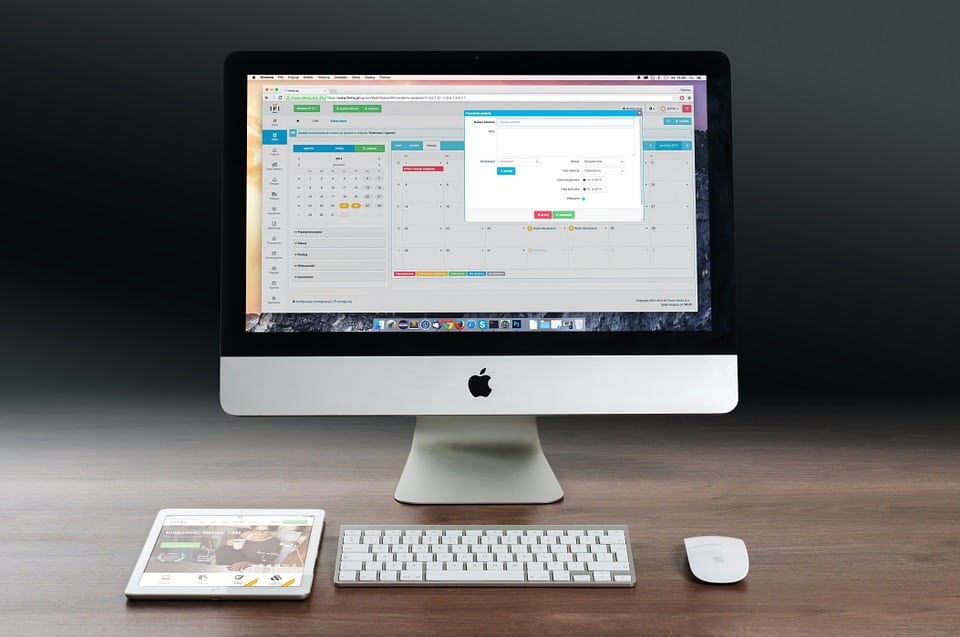
We’re including smartphones in this line item because frankly, they are mini-computers.
We acknowledge upfront that this expense may be delayed for quite some time based on your use of devices and the longevity of the device. However, it may also come the day you get off the plane because somebody steals your stuff on the runway too.
Don’t assume that you’re immune from replacing equipment. Without this stuff, you can’t work and then dear digital nomad you’re going home or you’re going to starve.
We are going to assume that for a minimum you’re going to want a cheap smartphone and a laptop which at least does a bit more than a Chromebook and that you’re going to replace them every 3 years.
So, our minimum monthly budget is $25: That leaves a lousy $900 every 3 years to replace your smartphone and laptop with. It can be done, but it’s going to be tight.
Our realistic monthly budget is $50: $1,800 may seem frighteningly small to some but we’d say you can buy a decent mid-range smartphone and mid-range laptop every 3 years with this.
Our budget for this is a bit funny. I don’t use a smartphone very often. So, I buy one and then pass it on to Megan when she breaks hers or it stops working. Given that she’s very careful, she can get an extra 2-3 years of life out of an older phone. So, one smartphone will do 6-7 years in our house (she’s currently using my old Galaxy S5 while I carry an Honor 8X). So we probably spend about $5 a month or less on smartphones.
Laptops, on the other hand, go to the great computer graveyard in the sky about every 18 months. I hammer keyboards, mice, and hard drives, metaphorically speaking, to death. I am a keen PC gamer and my laptops tend to be around $2,000. That means I spend approximately $110 a month on laptops.
Peripherals and things add a fairly reasonable slice on top too… so, be aware that while our budgets are reasonable, they may not fit your personal circumstances.
Specialist Tools Of Your Trade
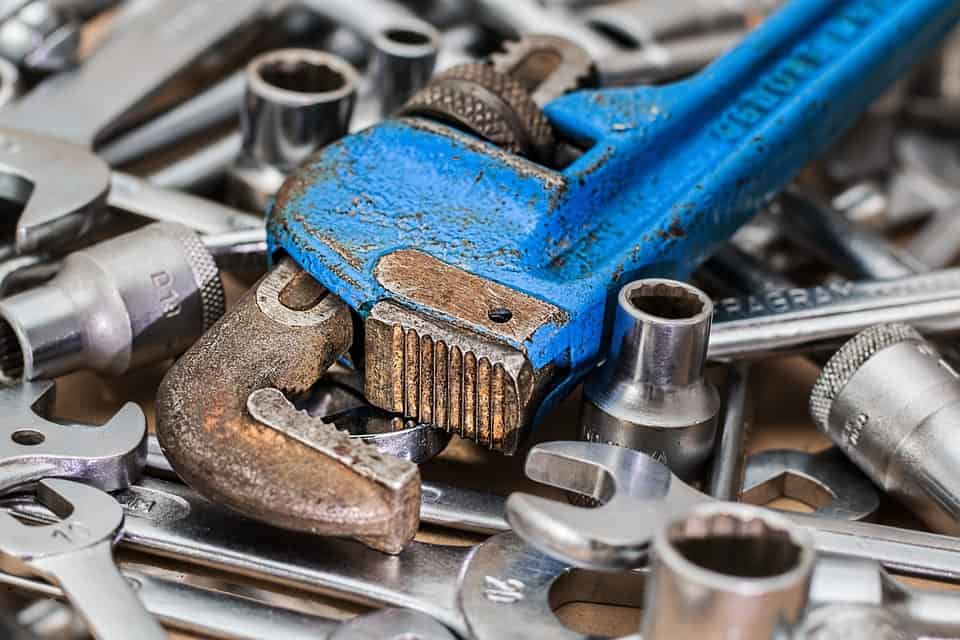
This is going to vary massively between digital nomads. I can’t possibly give you a handy number for this.
In my case, I pay for MS Office on subscription, several one-off software products for other tools, several domain names, annual hosting, training in certain areas of professional development, etc.
I’d guess that this comes to $50-$100/month in total. Though it can be very much up and down. I don’t need to buy a new CaptureOne license or Dragon Naturally Speaking license every day but when I do need them – they’re more than $50 too.
This is a digital nomad essential. Get a calculator out and work out what it costs to stay in business… you can’t stint on that.
Visas
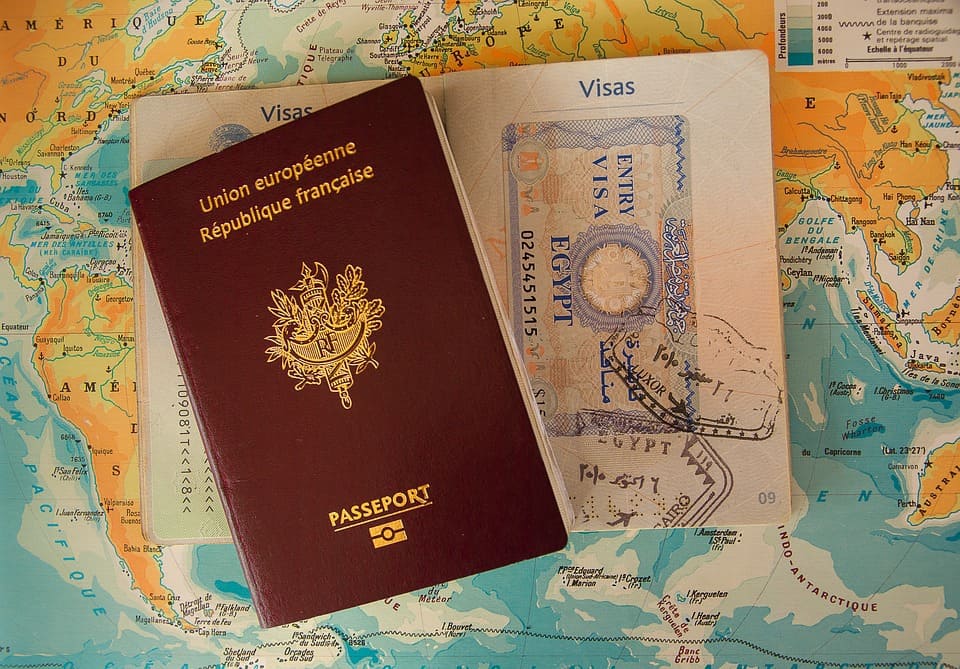
Visa prices vary all over South East Asia and in most places, if you’re Western or from the ASEAN countries, you’re going to find it fairly inexpensive to enter places on a visa exemption for a month or a couple of weeks.
If you want to stay longer, however, you’re going to need to spend some more money.
Our minimum monthly budget: $0 – if all you intend to do is fast travel, you don’t need to spend any cash on visas to see most (if not all of this region).
Our realistic monthly budget: $25 per person – if you prefer slow travel, and most digital nomads do, then you’re going to end up needing money for visas at some point. Our number is based on not needing a visa all the time but for say, 6-9 months of the year and still traveling.
Note: If you want to stay in Thailand on an education visa or something similar – then budget much more for this line item. Say, $100 a month per person.
Passports
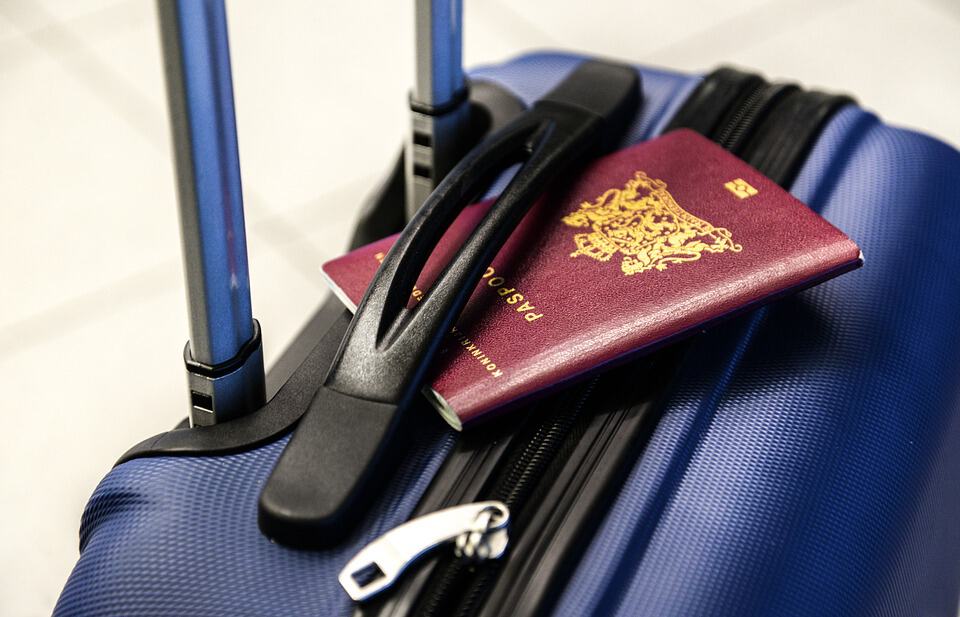
Forget replacing a passport every 10 years. If you live on the road, you’re going to watch visas and immigration stamps eat a passport faster than you can consume a year’s worth of Big Macs.
I’d estimate that I replace my passport every 3 years and I know many digital nomads who go through them even faster.
That means you’re going to have to pay for a new one on a regular basis.
Our minimum monthly budget: $0 – if you don’t intend to travel for very long and are planning on going home.
Our realistic monthly budget: $10 per person (for Western country nationals). A large 48-page passport including courier fees, etc. costs about $450 in today’s terms for me, a British national. Your costs may vary a little but passports are not cheap.
Insurance
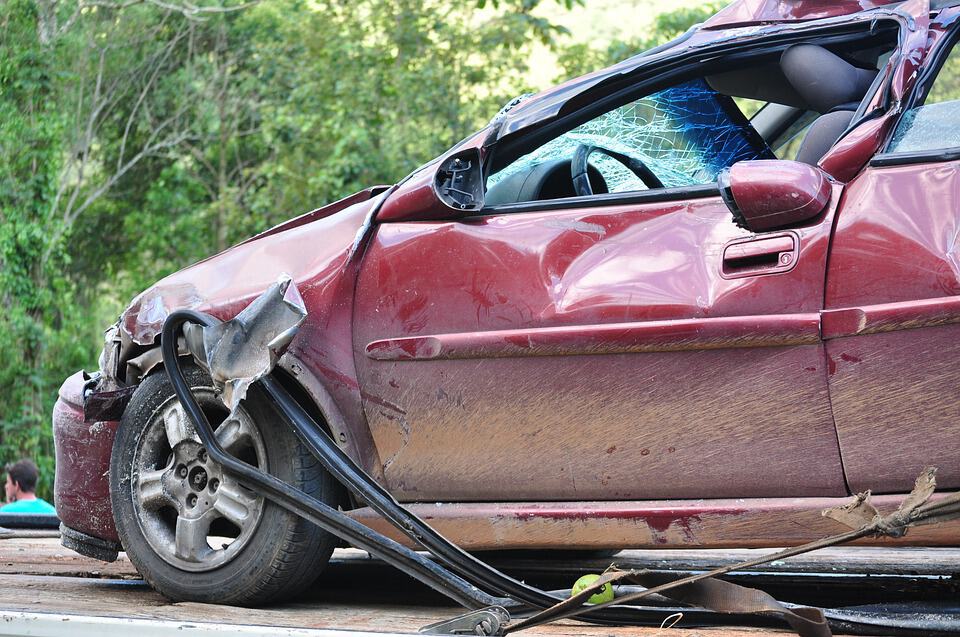
We’re not going into the difference between health and insurance and travel insurance here because we’ve covered it elsewhere on the site but… suffice it to say, you need them both.
Our minimum monthly budget: $0 – you’re staying away for a very short period of time (definitely less than a year) and your credit card company gives free coverage that matches your needs
Our realistic monthly budget: $100 per person. Ouch, right? Older nomads will probably find that they need even more. Health insurance isn’t cheap but it is essential
Note: If you want to understand why visa rules keep getting stricter – it’s because people don’t have proper insurance. Thailand, for example, is sick to the back teeth of the costs of emergency care for foreigners on “vacation”.
The Things You Don’t Have To Buy Every Month But You Do Have To Buy On A Recurring Basis Total Budget
So, let’s take a look at what you’re going to be shelling out in “incidentals” which add up to quite a bit of cash in the long run…
- Toiletries – minimum $10, realistic $20
- Clothes – minimum $25, realistic $25
- Shoes – minimum $5,
- Computer Equipment – minimum $25, realistic $50
- Any specialist tools of your trade – ????????????
- Visas – minimum $0, realistic $25
- Passports – minimum $0, realistic $10
- Insurance – minimum $0, realistic $100
Note: All of these costs are per person. So, for a couple double the costs of a single person.
Your minimum budget for things you don’t need monthly but do need is $65/month
Your realistic budget for things you don’t need monthly but do need is $235/month
And don’t forget this does not include the tools of your trade and you won’t be a digital nomad for long without them.
Things You May Need To Buy At Some Point
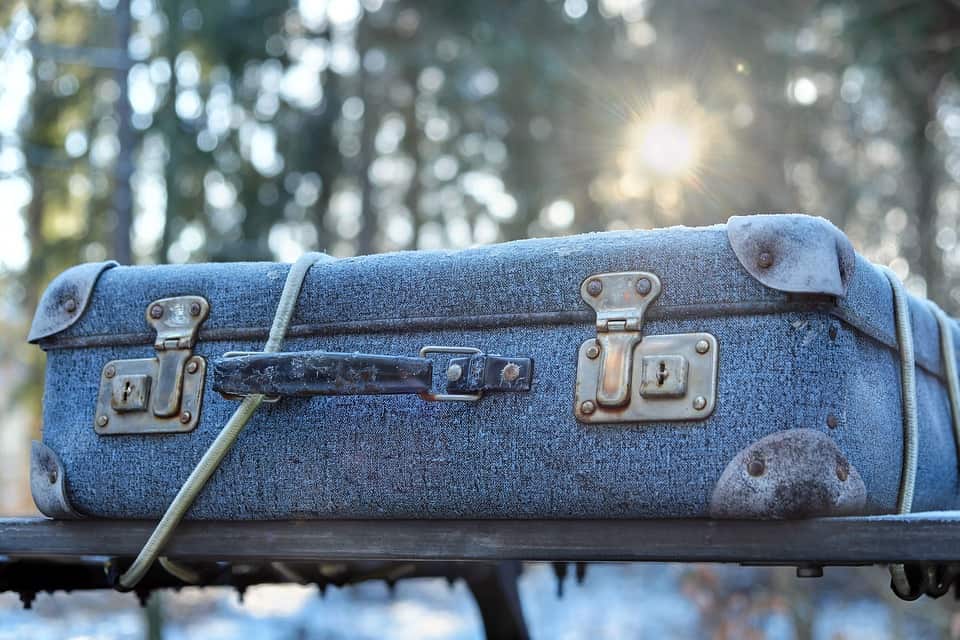
You’re going to find it very difficult to be a digital nomad if you can’t move your stuff about from place to place or your teeth shatter on some dodgy food and you’re left writhing in agony.
- Luggage
- Dental Services
- Optical Services
- Medical Services
You can’t plan for emergencies, but you do need to save for them. You ought to be sticking about $100-$200 a month aside, per person, for emergencies.
Megan woke up with a swollen cheek about 3 months after we got to Thailand. The ensuing dentist visits (there were many) cost over $2,000. And no, we don’t have dental insurance, we had to pay that out of our own pockets.
The Things You May Need To Buy At Some Point Budget
Your minimum budget for things you may need to buy at some point should be: $100/month per person
Your realistic budget for things you may need to buy at some point should be: $200/month per person
Completely Optional Expenses But Things Most Digital Nomads Want

Look at all that money we’re spending! And we haven’t even had any fun, yet! Yup, this part of the budget is purely optional. But, in our experience, nearly every digital nomad is going to at least want to do things in this category, occasionally, and most are going to want to do it daily.
- Co-working
- Fun
Co-Working

We don’t recommend co-working, but we understand if you want to do it anyway. Co-working spaces are reasonably priced throughout most of South East Asia and can offer facilities you don’t have at home. However, most co-working spaces are a bad place to try and run a business, that requires a lot of phone calls, out of.
Your minimum budget for co-working is $0. You don’t have to do this; you can work from home. That’s what Megan and I do 99.99% of the time.
Your realistic budget for co-working is $150. And yes, that’s per person. Co-working is an expensive luxury for couples. You might want to consider how much better your apartment would be if you spent $300 more a month on it.
Fun

Fun is the final frontier of our budgetary calculation and one which you’re going to have to work out your own values for.
If all you like doing is taking long walks in your spare time – this activity is free (though often hot and stick in South East Asia) everywhere.
Conversely, if you like to go skydiving everywhere you go, that’s not going to be cheap.
We think that for most people:
Your minimum budget for fun is $50: This offers a couple of breaks a month from the four walls of your home. We’d question why you want to nomad if you don’t want to go out and see the world, but that is your call.
Your realistic budget for fun is $200: That’s more like it. You can get out a couple of times a week on this and enjoy yourself. This is, for us, what digital nomad life is really about.
And yes, fun budgets are per person.
The Completely Optional Expenses But Things Most Digital Nomads Want Total Budget
Our minimum budget for this is $50 per person per month.
Our realistic budget for this is $350 per person per month.
So, How Much Money Does A Digital Nomad (in South East Asia) Need Every Month?

At a minimum, you’re going to want: $510/month to digital nomad in South East Asia
Note: This number does not include any travel expenses and assumes you work from home. You may want to add another $50 or so for transport.
At a more realistic standard of living, you’re going to want: $1,485/month to live comfortably as a digital nomad in South East Asia.
Note: Again, no travel is included in the number above, we’d suggest you add $50 a month for that too.
Couples will need more money than singles but not twice as much. You can run through our numbers to see how much you might need in addition.
So, hopefully, this breakdown puts paid to the “live like a king” in South East Asia for $500 a month nonsense spouted on so many digital nomad forums.
You can certainly get by on $500 a month and even have a little fun but we wouldn’t recommend it for long-term living, it will get old fast.
$1,500 is a much more reasonable expectation and the number that we’ve found most of the long-term digital nomads feel comfortable on too.
It can help to remember that South East Asia is a bunch of countries and that exact amounts will vary from country to country. Most of the time, we find that whatever we save on the swings from moving from one place to another, we lose on the roundabouts.
Though we all agree that a good life in Singapore is out of most digital nomad budgets for a long-term stay.
